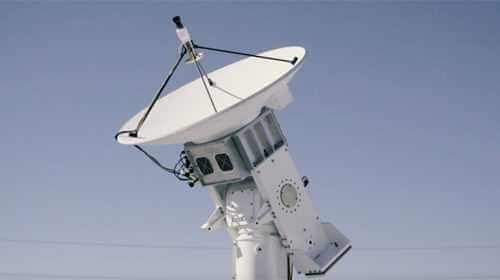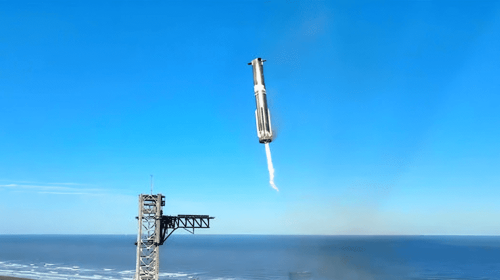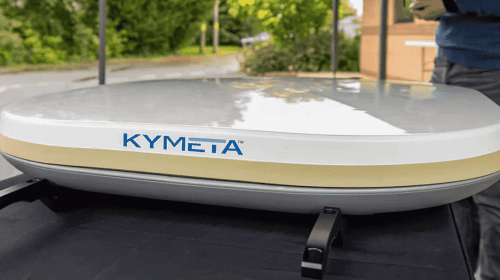Groundbreaking 5G-NTN Advancement
Aug 08, 2025
Kratos Defense & Security Solutions revealed a revolutionary milestone in satellite communications by being among the first to demonstrate an end-to-end 5G Non-Terrestrial Network (NTN) solution. The company noted that over-the-air testing in partnership with Intelsat effectively demonstrated a 5G non-terrestrial network over a satellite in Geostationary Orbit. This achievement represents a major milestone in the convergence of satellite and terrestrial networks, which could allow global connectivity via 5G to become ubiquitous. Kratos demonstrated such a station, a 5G NTN gNodeB, which the company designed in collaboration with Radisys; the demonstration was announced in July. This new base station was installed in the OpenSpace software-defined satellite ground system of Kratos, which demonstrates the company’s commitment to the future of space-based communications.
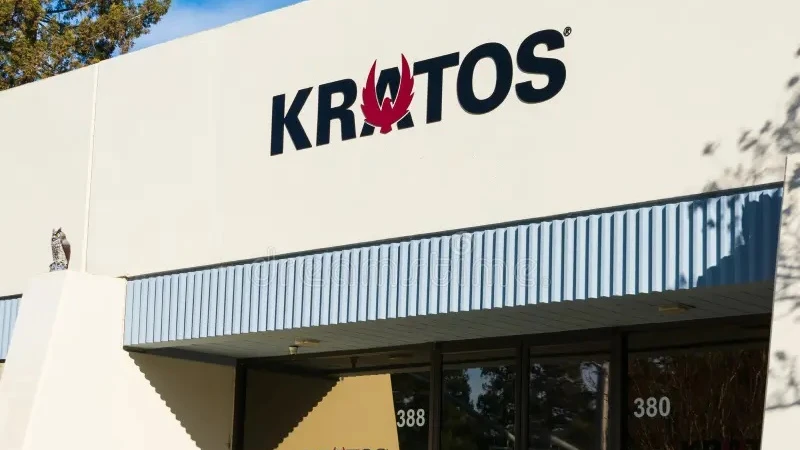 Kratos Defense & Security Solutions HQ. Credit: Kratos Defense & Security Solutions
Kratos Defense & Security Solutions HQ. Credit: Kratos Defense & Security Solutions
In the process of the comprehensive testing, Kratos announced that user equipment emulators offered by Viavi Solutions were able to connect to the network and initiate protocol data unit traffic flows at various locations in the 5G-NTN cell coverage area. This base station was used to coordinate an over-the-air demonstration of a 5G NR-NTN cell that was activated successfully over Intelsat Galaxy 19 Ku-band satellite in geostationary orbit. The test setup demonstrated that the system can be used to manage satellite-based 5G communications reliably just as with terrestrial networks. The demonstration showed how any terminal that complies with standards could connect to the 5G network via a satellite connection without interruption and geographical boundaries that have always limited connectivity. The effective implementation of data transmissions across diverse geographical areas confirmed the potential of the system to deliver uniform service to broad geographical coverage. This proved the feasibility of extending 5G services to areas that were previously unreachable through satellite infrastructure.
Technical Innovation and Industry Collaboration
The groundbreaking demonstration is a perfect match to the third Generation Partnership Project (3GPP) Release 17 that officially brought Non-Terrestrial Network support to the global 5G standards. This alignment positions both Kratos and Intelsat in a leading position in terms of 5G-NTN development by taking advantage of the new international standards in satellite-based communications. The partnership is a strategic synergy of capabilities, in which Kratos brings its sophisticated ground systems technology to pair with the vast satellite infrastructure and operational experience of Intelsat. Both firms are also making huge investments in next generation technologies that close the gap between space-based communications networks and terrestrial communications networks. The key element of such joint work is the satellite base station, namely the 5G NTN gNodeB developed by Kratos and Radisys as a fully cloud-native software product integrated into the OpenSpace platform.
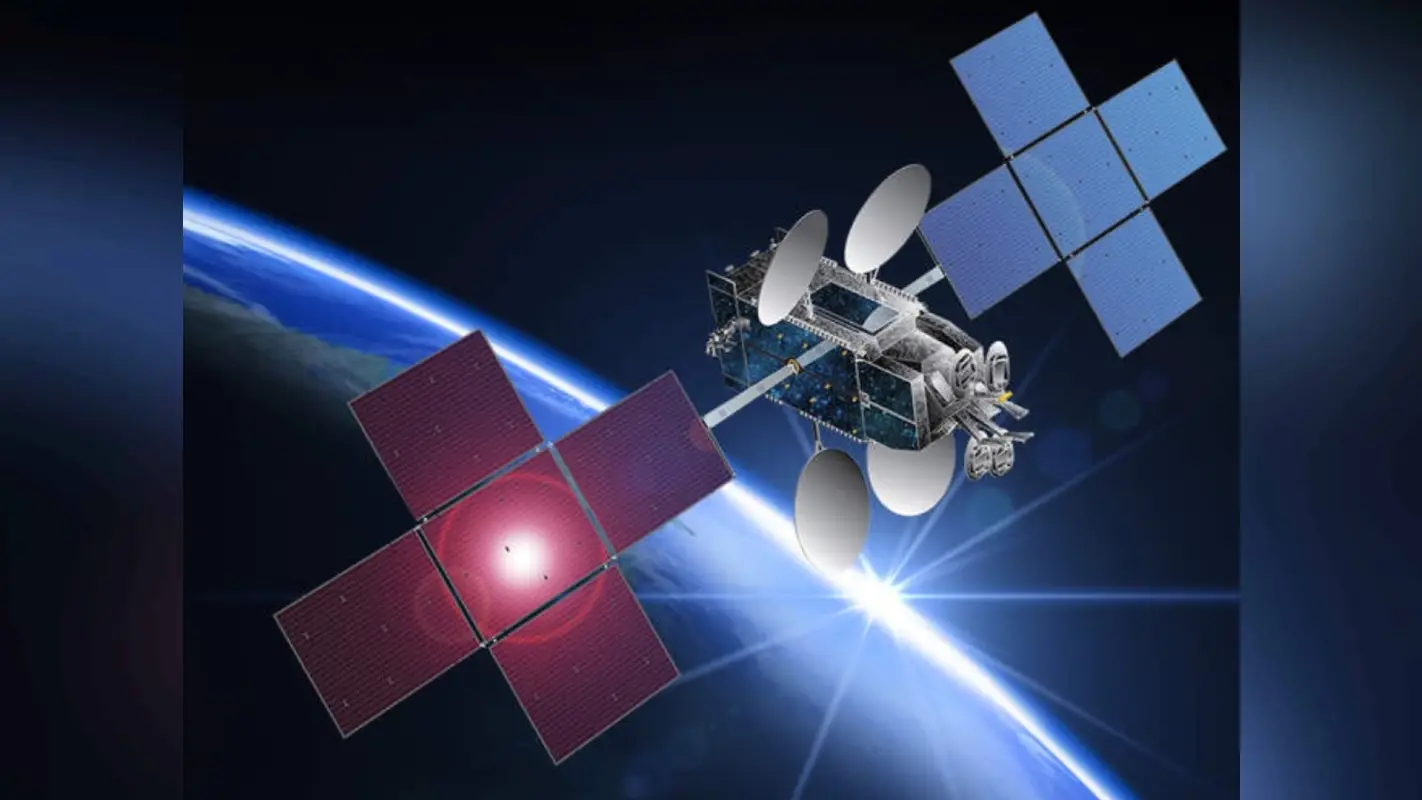 Intelsat Galaxy 19 Ku-band GEO satellite. Credit: Intelsat
Intelsat Galaxy 19 Ku-band GEO satellite. Credit: Intelsat
This system was effectively demonstrated live over-the-air to work on Intelsat Galaxy 19 Ku-band GEO satellite demonstrating that it is functional in real-life use and operations. The technical team was able to organize a 5G NR-NTN cell that confirmed that the solution could support multifaceted satellite-based communications protocols. This accomplishment shows that the cloud-native principles can be successfully translated to satellite communications and make the traditional space-based systems flexible and scalable. The testing process included several user device emulators offered by VIAVI Solutions that were connected to the network and managed to send data flows of different remote geographical sites. This comprehensive testing approach demonstrated that any 5G terminal that met the standards could transparently access satellite-based connectivity without needing any specialized equipment or setup and the feature was especially critical to enabling broadband access in places where terrestrial infrastructure did not exist.
Strategic Market Position and Commercial Applications
Kratos Defense & Security Solutions experienced a notable stock decline that had high volumes of trading, which made it one of the most traded stocks in the days when these technological announcements were being reported. The stock performance of the company was coupled with the introduction of the first driverless truck platoon program in collaboration with Champion Tire & Wheel to work on NASCAR logistics. Such a deployment in the I-70 corridor is a major step towards commercialization of autonomous technology originally designed to be used in defense, proving the effectiveness of the dual-use strategy of Kratos. The company strategy of redesigning military grade automation to civil use cuts across various industries such as the logistics market, agricultural market and even the energy market. The driverless truck program, which is aided by the commercial tire technology of Goodyear, underscores the capability of Kratos to incorporate the advanced autonomous system into the current working schemes without any serious disruption.
 Simplified illustration of the I-70 Truck Automation Corridor operation. Credit: Google
Simplified illustration of the I-70 Truck Automation Corridor operation. Credit: Google
In addition to autonomous vehicle applications, Kratos has further developed its 5G-NTN capabilities in the Intelsat partnership and has declared that it will open a new facility in Oklahoma to accommodate increased operations. These strategic moves are in line with the overall infrastructure projects like the I-70 Truck Automation Corridor program, which seeks to hasten safe implementation of automated freight corridors on key transportation corridors. The company has continually pursued the commercialization of defense research and development investments, which highlights its complete dual-use technology policy. Industry analysts have also observed that these new developments and recent strategic partnerships place Kratos in an optimal position to grow in the long-term, especially as defense budgets rise and hypersonic programs such as MACH-TB continue to advance. This capability improvement is especially useful in time sensitive activities where efficiency and reliability are critical issues and this shows that technologies developed by the defense industry can be successfully transferred to the commercial world with the added advantage of generating new revenues.
What Does This Mean for the Future of Global Connectivity?
The 5G-NTN technology showcased by Kratos and Intelsat is a big step towards the ultimate goal of global 5G coverage that the telecommunications industry is now one step closer to realizing, heralding a new age of global high-speed connectivity. The 5G-NTN architecture is anticipated to realize never-before communication service potentials in remote or low density areas by allowing smooth handoff and service continuity between terrestrial and satellite networks. The OpenSpace platform developed by Kratos is the key technology in this revolution because it implements the concepts of software-defined networking that has been successfully implemented in modern terrestrial networks to the traditionally fixed satellite infrastructure. This new solution facilitates standards-based architecture in a unified environment that enables dynamic and scalable delivery of 5G services in cooperation with terrestrial network operators, which can change the way world communications networks are designed and managed.
In the future, the possibilities of this breakthrough are much broader than the sphere of telecommunications, and the applications can be seen in such areas as emergency communications, maritime communications, aviation connectivity, and implementation of the Internet of Things in places that were previously inaccessible. With satellite constellations becoming increasingly more numerous and 5G standards being developed, the integration of terrestrial and non-terrestrial networks will now offer the possibility to bridge connectivity gaps that have existed during decades, fundamentally changing the way in which the society accesses and uses digital services in all fields of the global economy.



